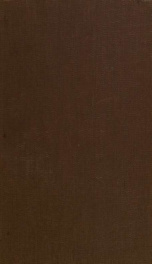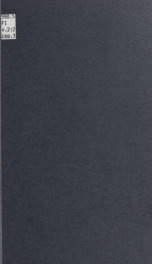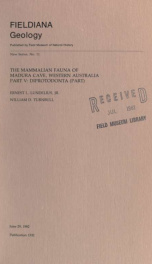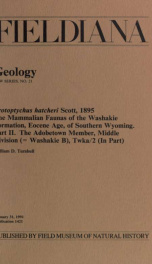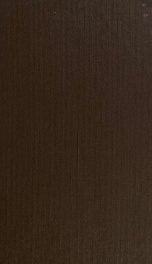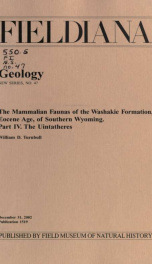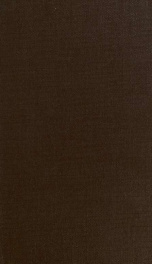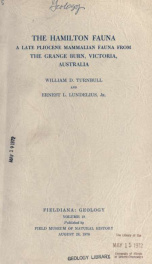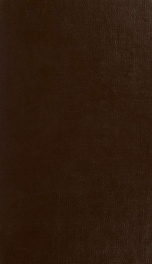The mammalian fauna of Madura Cave, Western Australia. Macropodidae: Potoroinae Fieldiana, Geology, new series, no. 14
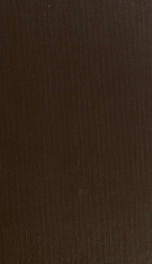
The potoroines represented in the Madura Cave deposits are Potorous platyops, Caloprymnus campestris, Bettongia lesueur, and Bettongia penicillata. -- Potorous platyops, found in Units 1 through 4-5, is not significantly different from Pleistocene, Holocene, or modern specimens from other parts of Australia. -- Caloprymnus campestris, which occurs in all units, shows no significant morphological or size change through the sequence and is smaller than the samples from teh Pleistocene of Lake Menindee and from the known Recent material, with no overlap in size. -- Bettongia is represented by B. lesueur, which is present throughout the stratigraphic sequence, and B. penicillata, which is absent only from Unit 7. The Madura Cave B. lesueur is smaller in size than other Pleistocene and modern samples, but B. penicillata shows no differences. -- Today, four species of potoroines are known only from an area near Albany, Western Australia. The presence of Potorous platyops suggests that more effective moisture existed in the vicinity of Madura Cave when these sediments were deposited than at present. The association of now allopatric species such as Potorous platyops and Caloprymnus campestris indicates a more equable climate in the past Includes bibliographical references (p. 61-63) The potoroines represented in the Madura Cave deposits are Potorous platyops, Caloprymnus campestris, Bettongia lesueur, and Bettongia penicillata. -- Potorous platyops, found in Units 1 through 4-5, is not significantly different from Pleistocene, Holocene, or modern specimens from other parts of Australia. -- Caloprymnus campestris, which occurs in all units, shows no significant morphological or size change through the sequence and is smaller than the samples from teh Pleistocene of Lake Menindee and from the known Recent material, with no overlap in size. -- Bettongia is represented by B. lesueur, which is present throughout the stratigraphic sequence, and B. penicillata, which is absent only from Unit 7. The Madura Cave B. lesueur is smaller in size than other Pleistocene and modern samples, but B. penicillata shows no differences. -- Today, four species of potoroines are known only from an area near Albany, Western Australia. The presence of Potorous platyops suggests that more effective moisture existed in the vicinity of Madura Cave when these sediments were deposited than at present. The association of now allopatric species such as Potorous platyops and Caloprymnus campestris indicates a more equable climate in the past Fieldiana series has been published as Geological Series by Field Columbian Museum (1895-1909) and Field Museum of Natural History (1909-1943), and as Fieldiana: Geology by Chicago Natural History Museum (1945-1966) and Field Museum of Natural History (1966-1978). Fieldiana Geology New Series No. 1 began June 29, 1979
Info about the book
Author:
Series:
Unknown
ISBN:
3642250378
Rating:
3/5 (5)Your rating:
0/5
Languge:
English
Users who have this book
Users who want this book
What readers are saying
What do you think? Write your own comment on this book!
write a commentif you like The mammalian fauna of Madura Cave, Western Australia. Macropodidae: Potoroinae Fieldiana, Geology, new series, no. 14 try:
Do you want to exchange books? It’s EASY!
Get registered and find other users who want to give their favourite books to good hands!

